narrow angle glaucoma medications to avoid
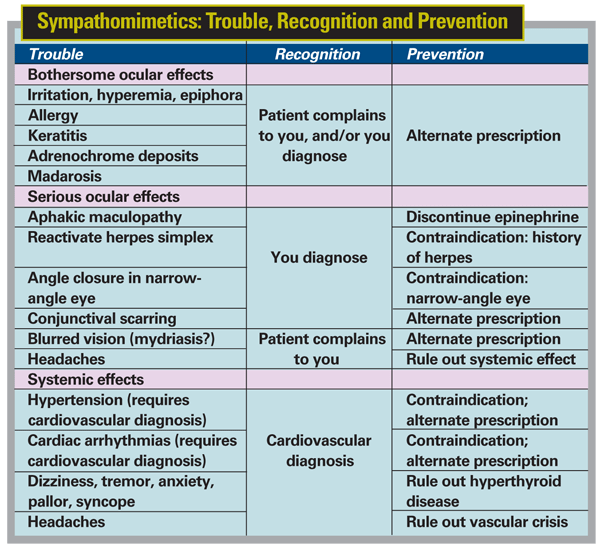 Drug Complications: Recognition, Prevention
Drug Complications: Recognition, PreventionWarning: The NCBI website requires JavaScript to operate. A review of acute-angle glaucoma induced by drugs for non-offeralmologists Elliott Yann Ah-kee1Monklands Hospital, Monkscourt Ave, Airdrie, North Lanarkshire, United KingdomEric Egong1Monklands Hospital, Monkscourt Ave, Airdrie, North Lanarkshire Institute Several types of drugs have the potential to precipitate the acute closure of glaucoma angle. These include adrenergics, cholinergics and anticholinergics, antidepressants, anticoagulants and sulfa-based agents. This article provides a basic overview of risk factors and physiological mechanisms involved in glaucoma angle closure and focuses on the angle-closing glaucoma induced by drugs for non-Ophthalmologist. A PubMed search limited to the English language was conducted to find relevant literature for the purpose of this article. Most attacks occur in subjects without realizing that they are at risk due to innately narrow iridocorneal angles. Clinicians should always check medications in patients who have symptoms of acute glaucoma angle closure. The aim of this article is to bring this ophthalmological condition to the attention of doctors, particularly those who are outside the field of ophthalmology, who usually prescribe these medications or see these patients before referring to ophthalmologists. IntroductionThe proper angle closure glaucoma is an ophthalmological emergency. Recognition and treatment delayed may result in blindness. Typical symptoms are acute start of eye pain, headache, blurred vision, nausea and vomiting. Clinical findings on the test are significantly elevated intraocular pressure (IOP) above 21 mm Hg, corneal edema, redness, a dilated and fixed mid pupil and a shallow anterior chamber. , Risk Factors for Acute Angle ClaspThe general risk factors for acute angle closure are advanced age, female gender, strong family history, hypermetropia and schimo or Asian ethnicity.– Certain anatomical features can also increase the risk of one, including a thick crystal lens, plateau iris configuration and narrow iridocorn angles. Previous studies have shown that most acute angle closure glaucoma presentations due to the pupil block occur in subjects who are not aware that they were at risk due to innately narrow iridocorneal angles. Patients known for having innately narrow angles should be referred to an ophthalmologist for later research with gonioscopy and to qualify the risk level of acute closure of glaucoma angle. A and illustrate an earlier, shallow camera in the presentation and closed iridocorneal angles on gonioscopia respectively. (A) A shallow anterior chamber in the presentation (B) closed iridocorneal angles on gonioscopia. physiological mechanisms of glaucoma angle closureThe penile block due to the dilation of students is the most common mechanism of angle closure. It occurs when the student comes into contact with the target and obstructs the aqueous flow of the chamber after the previous chamber. This causes an elevation in the pressure inside the back chamber, giving rise to the inclination of the anterior peripheral iris and the aposition of the peripheral iris to the trabecular mesh. Consequently, the aqueous cannot drain and the IOP increases (). Acute angle closure mechanism by block of students by Melbourne Eye Centre available in /. Other angle-closing mechanisms include plateau iris, segment pathologies related to objectives and subsequent, such as aqueous direction, choroidal effusion or posterior segment tumors behind the lens that cause forward displacement of lente-iris. Medicines that cause acute glaucoma closure Several types of drugs can induce acute-angle glaucoma. It lists the different types and examples of drugs that can precipitate the closing of the angle and its action mechanisms. Table 1Drugs that have the potential to precipitate the acute closure of the glaucoma angle. Drug classDrug specimenManagement administration mechanism Angle closure mechanism Adrenergic agonists Fenilephrine Eye BlockPulgado EphedrineIntravenousPupillary block Non-catecolamine adrenergic agonists NaphazolineIntranasalPylary Block SalbutamolInhalationPalestinian block Anticholinergics Tropicamide Eye BlockPacked Pratropio bromideInhalationPilla block Promethazine (antihistamine)Oral blockPupillary Botulinum toxin Periocular (local)Pylary Block Cholinergics Pilocarpina Displacement to the outside of the lens-iris diaphragm Drugs with anticholinergic side effects Imipramine (tricyclic antidepressant)PalOral block Fluoxetin (serotonin reuptake inhibitor) Oral blockup Sulfa-based agents TopiramateOralCiliochoroidal effusion leading to forward displacement of lens-iris diaphragm AcetazolamideOralCiliochoroidal effusion leading to forward displacement of lens-iris diaphragm Anticoagulants Subcutaneous HeparinPreliminary displacement of lens-iris diaphragm Adrenergic agonists Alpha-adrenergy agonists may precipitate acute-angle glaucoma by pupil block due to the dilation of pupils in individuals with innately narrow iridocorn angles. Phenylaphrine drops (alpha-adrenergic) are often administered by optics and ophthalmologists to dilate the student for the background exam, a major example of iatrogenic. It has been reported that the estimated incidence of acute angle closure glaucoma after the dilation of diagnostic pupils is 0.03%. Systemic ephedrine is often given to manage hypotension, especially in the establishment of general anesthesia. While a diagnostic challenge (such as doctors are more likely to have intraoperative corneal abrasions at the top of their differentials for a painful postoperative eye), Lentschener et al., actually reported a case of postoperative acute angle closure glaucoma after non-offeralmological surgery due to the use of intraoperative ephedrine. This serves as a precautionary account as well as the effects, both positive and negative of intraoperative sympathizer drugs can be aggravated by psychological stress, which increases the risk of acute closure of glaucoma angle. Symptoms of acute glaucoma angle closure can be easily misunderstood or overlooked in a recently anesthetized patient. Therefore, doctors must have a low threshold to refer to an ophthalmological evaluation in any patient who complains of vision loss or with a red eye postoperatively. Non-catecolamine adrenergic agonists Acute closure cases of glaucoma angle have been reported after the administration of nasal efedrine and nafazoline to treat epistaxis. The postulate Angle Closure Mechanism was refluxed through the ipsilateral nasolacrimal duct. In fact, there was even a case in which it was hypothesized that the absorption of a nasal decongested through the nasal mucosa used during a week triggered bilateral acute angle closure glaucoma in a patient., Adrenergy agents such as salbutamol are commonly found in nebulizers and inhalers used in asthma management, flu remedies or straight suppositories. Salbutamol is a beta-2-adrenergic receptor agonist that stimulates beta-2-adrenergic receptors in the ciliar body to promote a aqueous humorous secretion. Anglo-Saxon closure is exacerbated by the dilation of pupils caused by the parasympathetic inhibitor effect of ipratropio, often combined with salbutamol in nebulizers or inhalers. However, it should be noted that salbutamol does not induce the closing of the angle when used alone. Therefore, caution should be exercised in prescribing or administering these medicines together, many of which can be obtained on the counter. Anticholinergic agents Tropicamide drops are commonly administered for examination of the ocular background and have been associated with acute-angle closure glaucoma. Other longer eye drops, such as atropine and cyclopentolate, administered for ciliar muscle relaxation and dilation of pupils, are also known to precipitate the closing of the angle. Nebulized ipratropio bromide is a commonly administered antimuscarnic agent in combination with salbutamol for patients with acute asthma or exacerbation of chronic obstructive pulmonary disease. Several case reports have described their association with acute-angle glaucoma.– The postulate Angle Closure Mechanism is that the ipratropio bromide escapes the oxygen mask and diffusing in the cornea, induces the dilation of the pupils and the subsequent pupil block. Therefore, clinicians should ensure that oxygen masks are properly equipped and placed to reduce the risk of contact between the cornea and medication. Kalra and Bone studied the effect of nebulized bronchodilating therapy on intraocular pressures in patients with glaucoma. They concluded that while it is relatively safe to use nebulized ipratropio bromide and separate salbutamol in patients with narrow-angle glaucoma, a combination of the two drugs carries a greater risk of inducing an acute-angle glaucoma attack in susceptible patients. Antihistamines (H1 and H2 receptor blockers) can also induce acute angle closure glaucoma due to their anticolinergical properties. Promethazine has been reported to cause swelling of the lens that can in turn lead to a pupil block. Ranitidine and cymetidine used in the treatment of gastroesophageal reflux and peptic ulcers have also been shown to increase intraocular pressure in individuals known to have glaucoma. , Botulinum toxin The cosmetic industry has seen an increase in the popularity of the use of botulinic toxin in recent decades. There is limited literature on the exact physiophysiophysiology of acute glaucoma closure precipitated by the injections of botulinic butrbital toxin. It is believed that the botulinum toxin induces acute-angle glaucoma due to its anticholinergic effect on sympathetic nodes, preganglionic and postganglionic nerve terminals of the parasympathetic nervous system. This results later in the inhibition of the pupil sphincter that causes dilation and the pupil block. The previous literature has recommended that patients who receive botulinum toxin injections for cosmetic reasons should undergo eye research including gonioscopy before starting treatment to evaluate their angle closing risk profile and determine whether laser iridotomy is of any benefit. However, it is not always practical for doctors to send an ophthalmologist to every patient receiving botulinum injections. A simpler method that can be used to estimate the depth of the previous chamber is the use of the oblique penlight lighting test. The pencil is temporarily and parallel to the iris plane to shine the nasal light. A fully lit iris means an earlier camera open. Patients with a shallow anterior chamber have a convex iris while leaning forward on the lens. Therefore, the presence of a nasal shadow indicates a superficial anterior chamber. Corridan et al. reported a case of acute closure of glaucoma angle precipitated by the butrbital injections of botulinum toxin for the treatment of blepharospasm. The angle closure mechanism was the diffusion of toxin from the injection site to the ciliar gangl, which led to the dilation of the pupils. Cholinergic agents Pilocarpine acts as an agonist in the parasympathetic nervous system that results in the constriction of pupil (myosis). Pilocarpine drops are used in the treatment of angle closure glaucoma for their mythic effect. It also helps to reduce intraocular pressure by improving aqueous flow. However, pilocarpine can induce the acute closure of glaucoma angle in its own right, as a result of the forward displacement of the lens-iris diaphragm. Antidepressants Tricyclic antidepressants, for example, chlormipramine, imipramine, amitryptyline and selective serotonin reuptake inhibitors (SSRI) for example, venlafaxine, citalopram, escitalopram, fluoxetin and paroxetine have been reported to precipitate acute-angle glaucoma. The underlying mechanism is the pupil block caused by the dilation of the pupils, which is attributed to the significant anticolinergic and serotonergic side effects of these antidepressants. The role of serotonin in human eye physiology, however, has not yet been determined. Clinicians should consider referring patients with higher risk of acute angle closure glaucoma for an ophthalmological evaluation before prescribing the ISRS. Antidepressants containing oxidase monoamine inhibitors such as tranylcypromine sulfate or fenelzine sulfate have weak anticholinegcfects. However, it has been reported to precipitate acute closure of glaucoma angle when used in combination with other anticholinergic drugs. Antipsychotics including trifluopolyzine, perfenazine, and fluphenazine have also been reported to induce acute-angle glaucoma, but have weaker anti-depressants than tricyclic antidepressants in the ocular smooth muscle. , Sulfa-based agents Sulf-based agents such as topiramate, acetazolamide and hydrochlorothiazide are among the few drugs that can induce acute-closure glaucoma "non-pileo block". Lee et al., have reported that sulfa-based drugs can cause previous chamber spills, choroidal spill, increased intraocular pressure, swelling of the lens and retinal edema. The typical presentation is a blurred vision due to the shift in front of the lens-iris diaphragm (myopia). The exact mechanism by which sulfa-based agents cause acute glaucoma-angle closure is unknown. The swelling of the ciliar body and the previous colroidal effusion can cause forward displacements of the iris-lens diaphragm that result in obstruction to aqueous and subsequent glaucoma of acute closure of the angle. Both mechanisms can also reduce the diameter of the ring of the ciliar body, which leads to the zonular laxity that facilitates the thickening of the lens and further decreases the depth of the previous chamber. Topiramate is commonly used for migraines and weight loss. Although some publications describe the reactions induced by topiramate as type B, idiosyncratic reactions, a large number of reports have described cases of bilateral closure of acute glaucoma angle induced by topiramate in patients with narrow angles. The main mechanism of topiramate precipitated angle closure is choroidal effusion. Ultrasound images have shown that a contributing factor is the topiramate-induced ciliar edema that causes the relaxation of the zonulas, which in turn increases the thickness of the lens. The resulting effect is the anterolateral rotation of the ciliar body, the forward displacement of the lens-iri diaphragm and the consequent reduction of the previous chamber. More than 100 cases previously published topiramate-induced angle closure described acute angle closure glaucoma of non-pupillary bilateral block (only three cases of unilateral involvement) after taking the first dose of the medication. The attacks were usually between 1 and 49 and were resolved after the suspension of the causative agent. It is important to underline that topiramate induces primarily bilateral Angle Glaucoma attack that occurs simultaneously in both eyes. The element of bilaterality is a clear sign that the acute attack is induced by drugs. Spadoni et al. reported a case of permanent bilateral loss of vision after the acute closure of the glaucoma angle induced by sulfamethoxazole-trimethoprim, despite stopping the medication. The management of acute closure glaucoma by drug-induced sulfa involves stopping the medication and controlling intraocular pressure with topical or systemic steroids and cycloplegia. Topical miotics should be avoided as they have the potential to cause ward blocks. In addition, laser iridotomy has no benefit in these cases. Acetazolamide is routinely used in ophthalmological and neurological practice to reduce intraocular and intracranial pressure. By the way, oral acetazolamide is commonly given for a day after cataract surgery to avoid excessive increases in intraocular pressure. Some case reports have described bilateral acute glaucoma of angle closure and choroidal spill associated with acetazolamide administration after cataract surgery. Therefore, doctors should consider this important adverse effect of acetazolamide in patients who develop acute angle-closing glaucoma after cataract surgery. Anticoagulants Rare complications associated with anticoagulant therapy including massive vitreous, choroidal or subretinal bleeding may induce acute angle closure glaucoma. The mechanism for closing angle is the sudden forward displacement of the lens-iri diaphragm resulting from the retina or detached choroid. Risk factors are excessive anticoagulation, nanophthalmos and macular degeneration related to exudative age. - Since the angle closing mechanism is a non-pupillary block, peripheral iridotomy is not effective in these cases. It is suggested that the doctor consider suspending the anticoagulant to prevent further bleeding, especially in the side eye. Conclusion Symptoms of patients with acute angle closure glaucoma may be misleading because headache, blurred vision, abdominal pain, nausea and vomiting are non-specific symptoms. However, the sudden start of visual disturbance and a middle dilation student are suggestive of acute angle closure glaucoma. Hyperopic vessels (for longevity) are a sign of narrative for acute glaucoma of angle closure in patients who present these symptoms. It is not possible for doctors who prescribe these medications to refer all patients to ophthalmological research. In addition, it is difficult to identify all patients at risk of acute angle closure glaucoma, as most of these patients are asymptomatic and ignore the increased risk associated with innately narrow iridocorneal angles. Patients known for having angle-closing glaucoma are typically treated with laser iridotomy, filtering surgery or cataract extraction to prevent acute angle closure glaucoma attacks. These patients who have suffered laser iridotomy should be able to safely take medications that have the potential to induce acute glaucoma of closing angle only by block of pupillary. This educational review illustrates the importance of clinical care taking into account medicines that may precipitate the acute glaucoma of the angle-closure. A careful story taking and obtaining a detailed list of prescription and unprescription medications – including interrupted ones – in patients with acute angle closure glaucoma can help identify the causative medicine. Once the diagnosis is suspected, urgent medical intervention is required as appropriate and rapid management can be potentially saving sight. ReferencesFormats: Share , 8600 Rockville Pike, Bethesda MD, 20894 USA
![antimuscarinics [TUSOM | Pharmwiki] antimuscarinics [TUSOM | Pharmwiki]](https://tmedweb.tulane.edu/pharmwiki/lib/exe/fetch.php/glaucoma.png)
antimuscarinics [TUSOM | Pharmwiki]
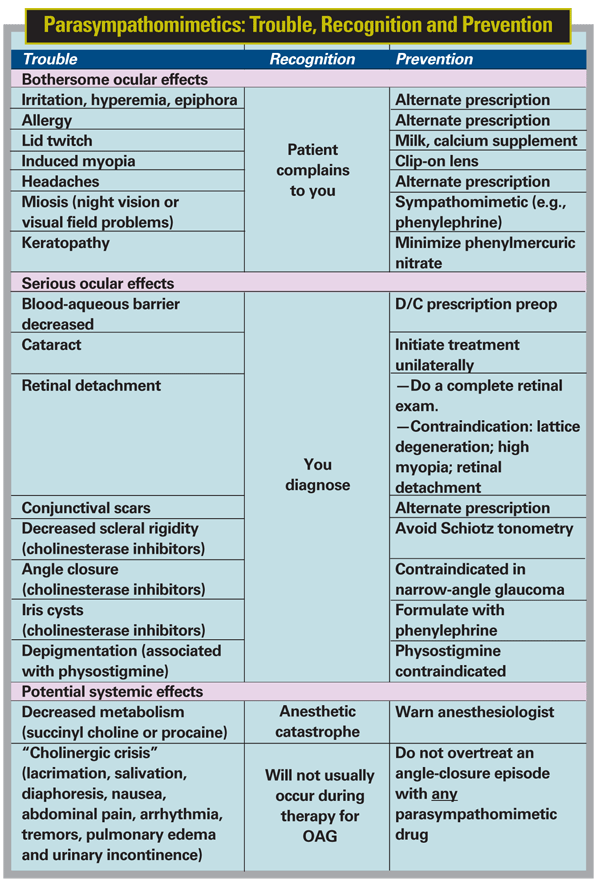
Drug Complications: Recognition, Prevention
Narrow angles" a tip-off to eyesight risk - Harvard Health
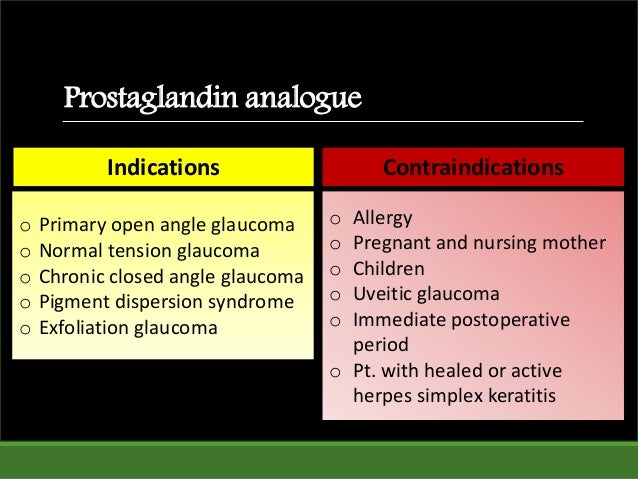
Anti-glaucoma Drugs /Anti glaucoma eye drops/ Glaucoma Medications (h…
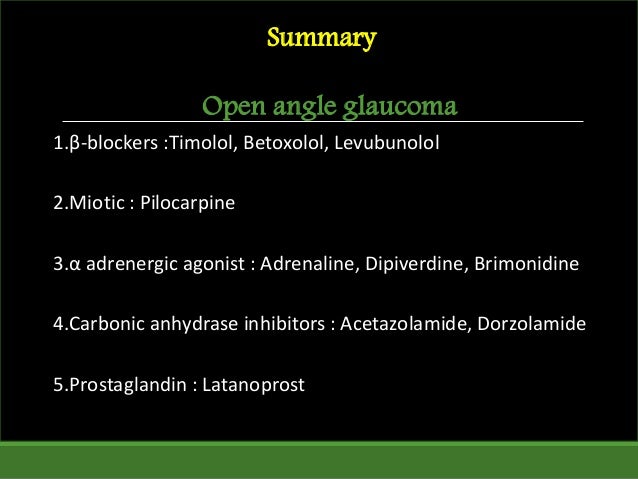
Anti-glaucoma Drugs /Anti glaucoma eye drops/ Glaucoma Medications (h…
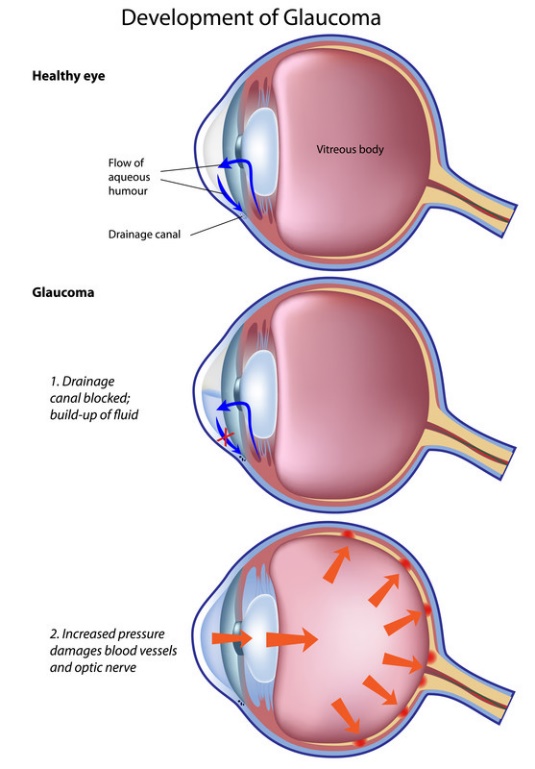
Drug Office - Glaucoma Drugs
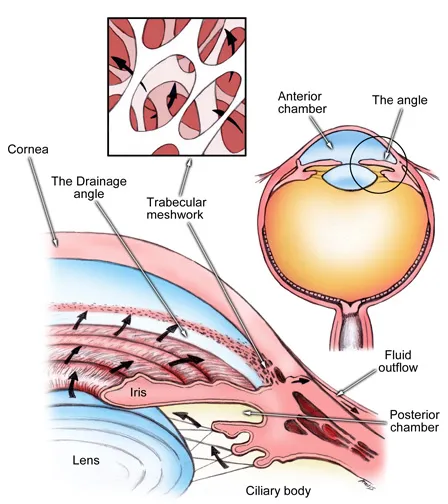
Acute Angle Closure Glaucoma: Causes, Symptoms, Treatment

The Asymptomatic PAC Suspect: LPI or No LPI?
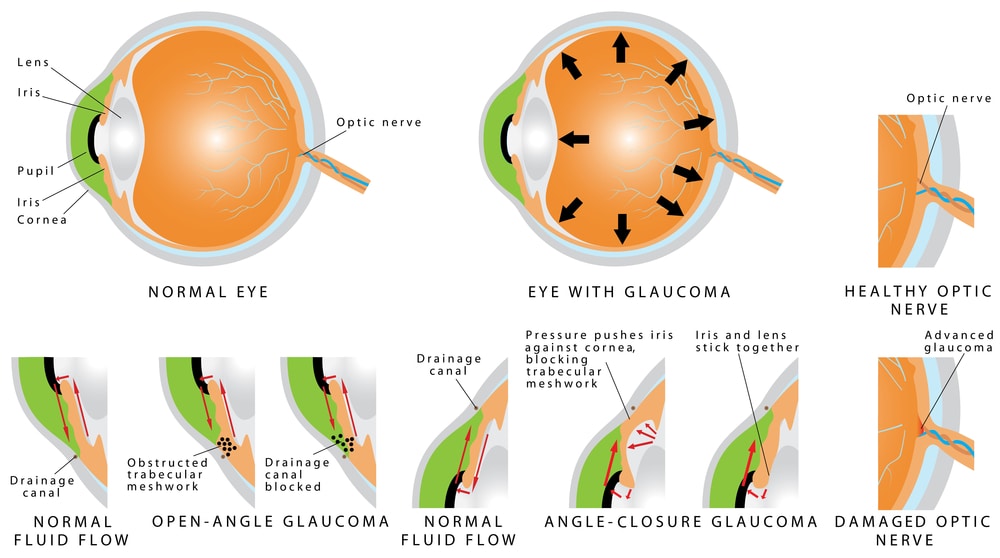
Tips to stop glaucoma progression - New Jersey Eye Center
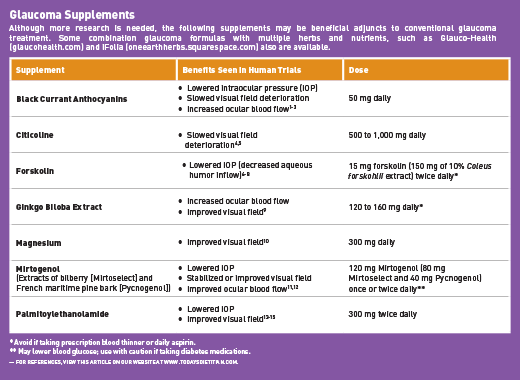
Holistic Nutrition: Complementary Glaucoma Therapies - Today's Dietitian Magazine
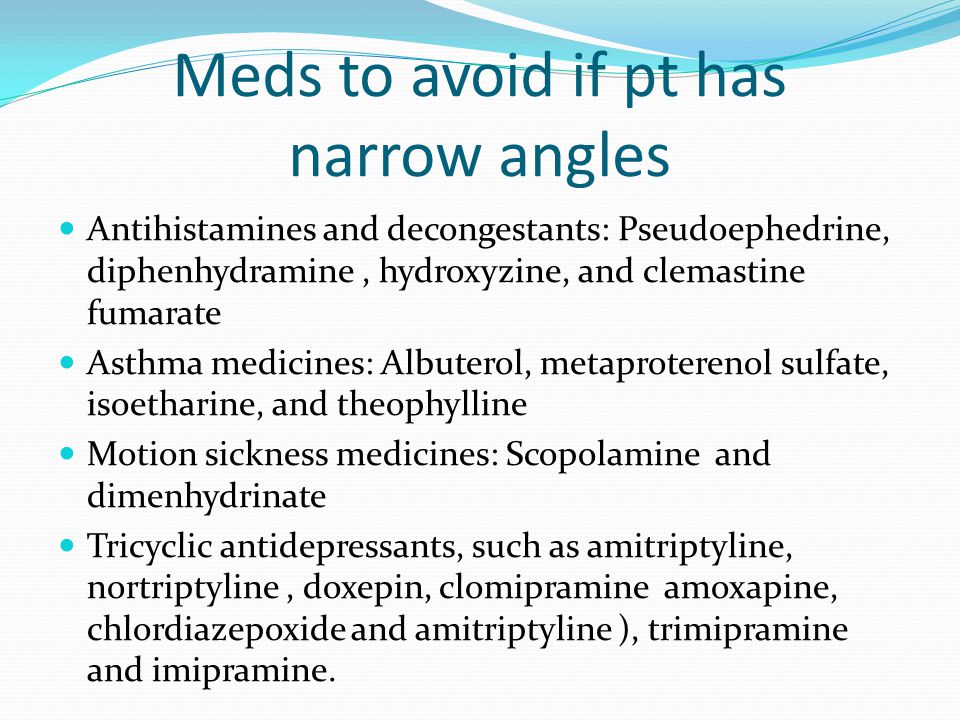
Eye Care for Health Care Providers - ppt video online download
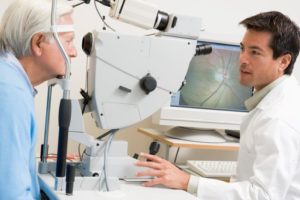
Medications to Avoid with Glaucoma | Glaucoma Medications to Avoid

PDF) Angle closure glaucoma secondary to psychotropic medications

Laser Iridotomy and Narrow Angles | Glaucoma Research Foundation
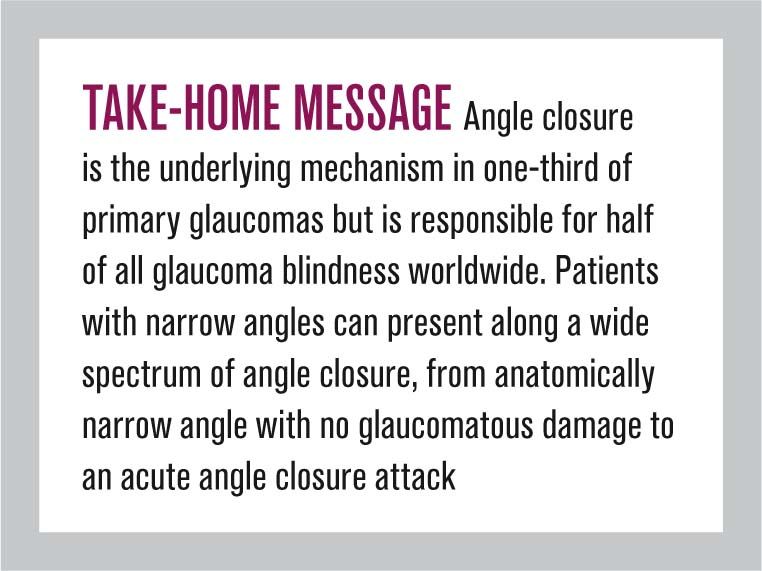
Diagnosing and managing patients with narrow angles
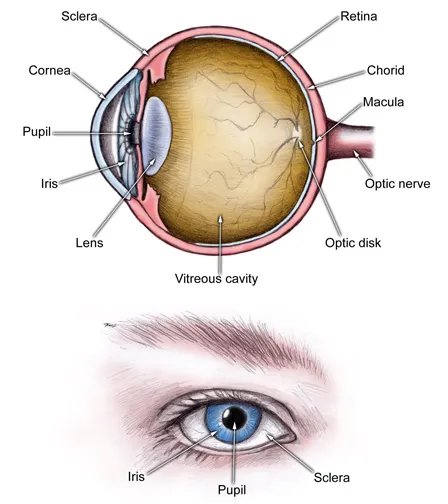
Acute Angle Closure Glaucoma: Causes, Symptoms, Treatment
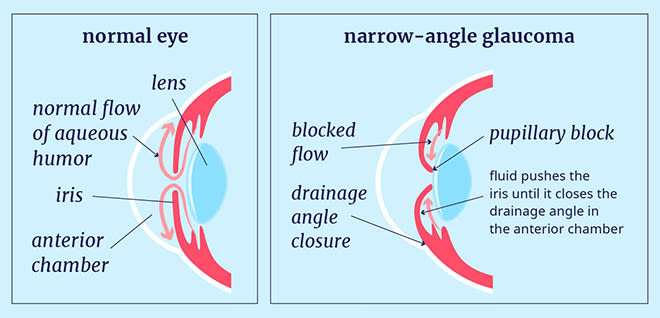
Narrow-angle glaucoma: Causes, symptoms and treatment

Glaucoma - AMBOSS

Laser Peripheral Iridotomy: Surgery for Narrow-Angle Glaucoma | BrightFocus Foundation
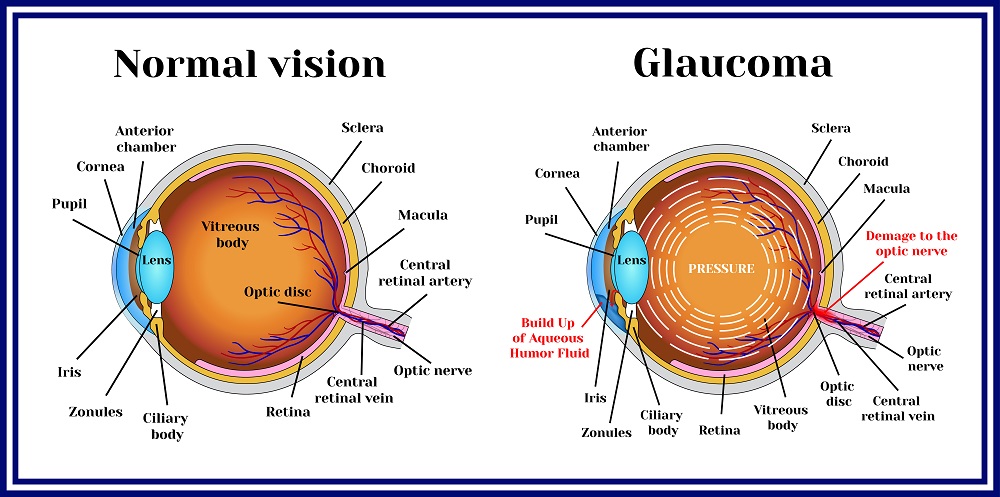
What Are the Symptoms of Narrow Angle Glaucoma? | Fort Lauderdale Eye Institute
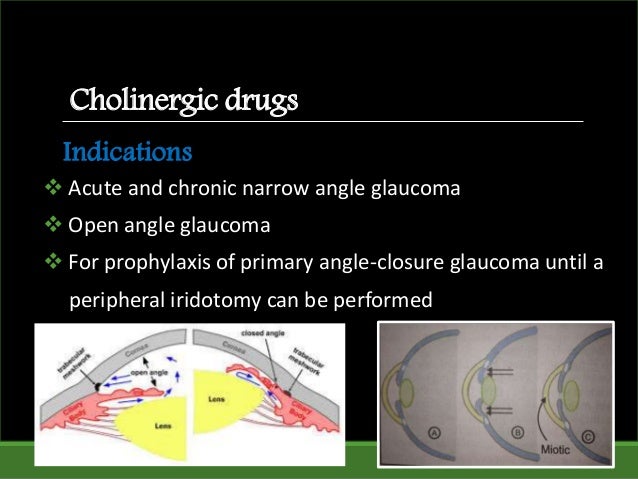
Anti-glaucoma Drugs /Anti glaucoma eye drops/ Glaucoma Medications (h…

European Glaucoma Society Terminology and Guidelines for Glaucoma, 4th Edition - Chapter 2: Classification and terminologySupported by the EGS Foundation | British Journal of Ophthalmology
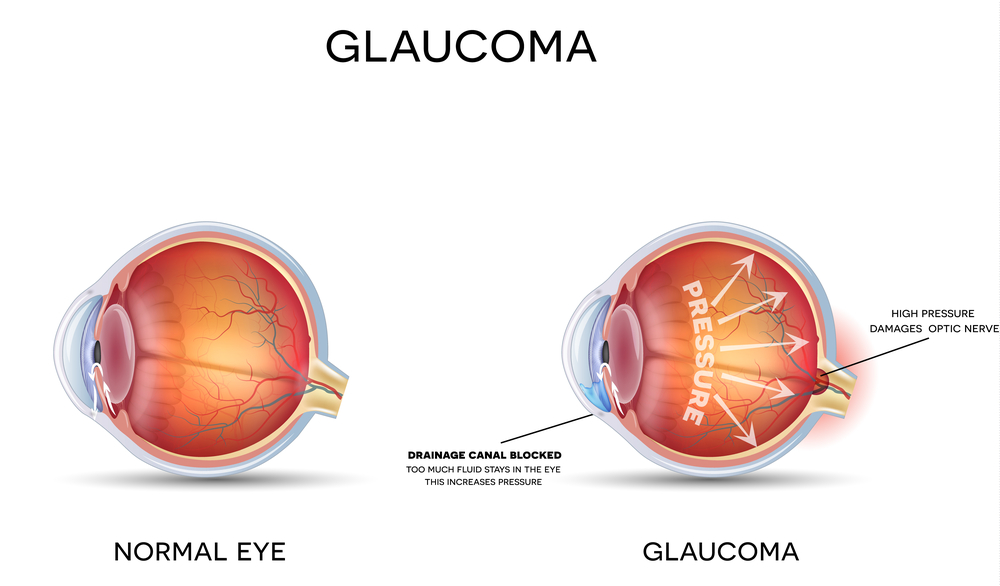
Diagnosed With Glaucoma? What You Should Know

Closed-Angle Glaucoma: Medicines to Avoid | CS Mott Children's Hospital | Michigan Medicine
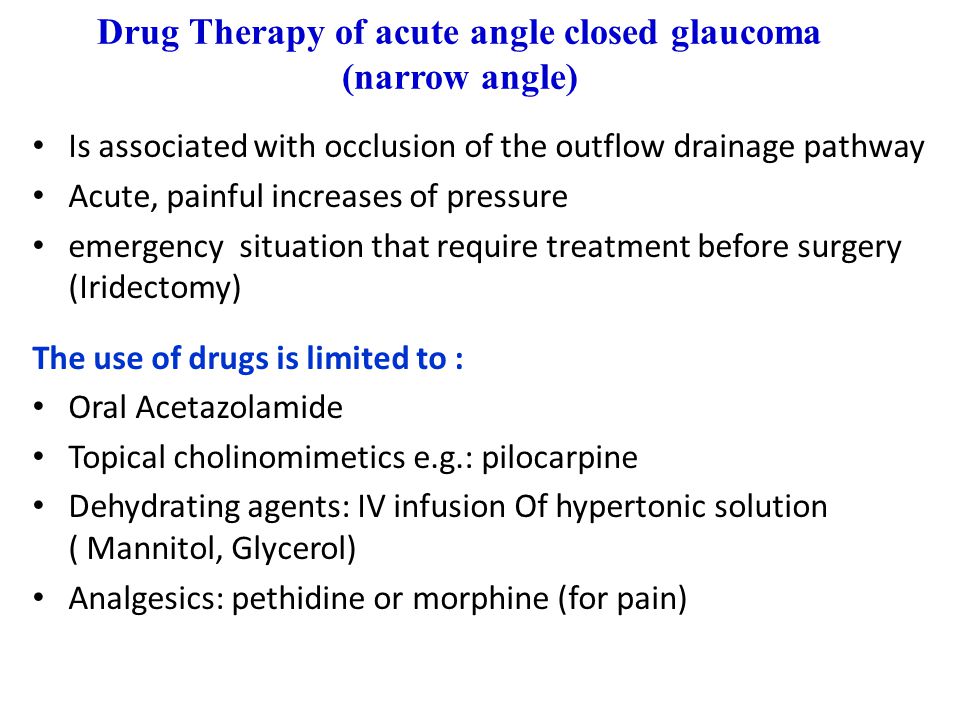
Open And Closed Angle Glaucoma Difference - Astigmatism Glaucoma Swollen Eyes Disease
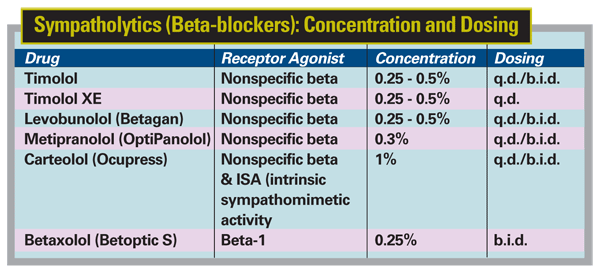
Drug Complications: Recognition, Prevention

Narrow Angle Glaucoma - How It Affects Vision - Eye Bulletin

Medications that May Adversely Affect Glaucoma | BrightFocus Foundation

Medical Management of Glaucoma in the 21st Century from a Canadian Perspective
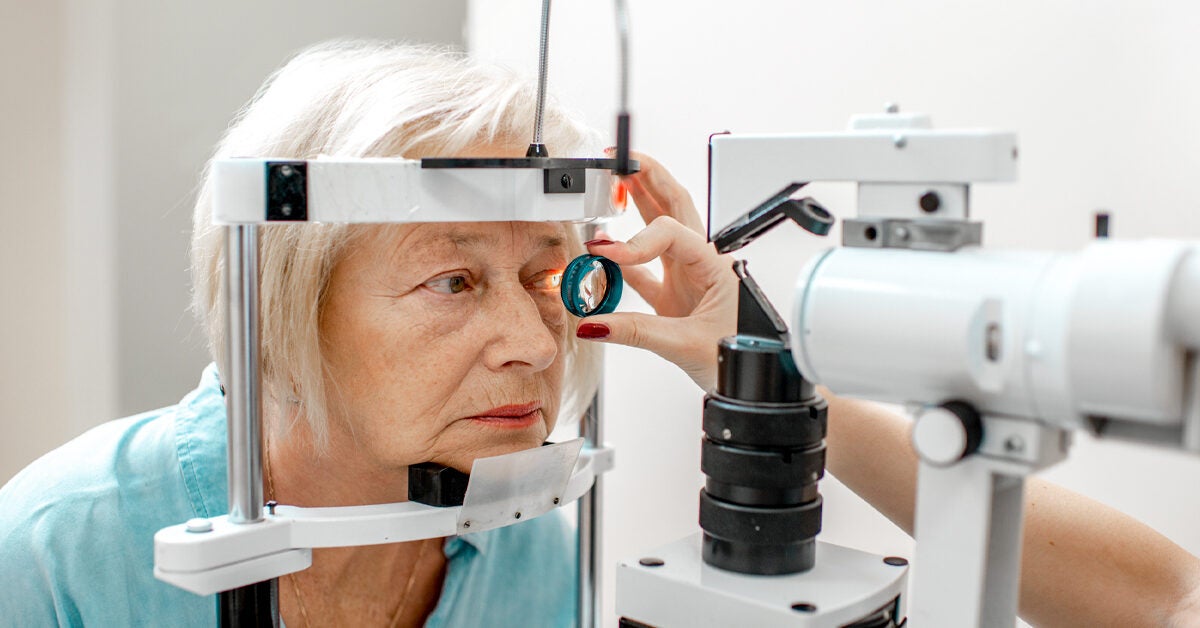
Closed-Angle Glaucoma: Risk Factors, Symptoms, and Treatment
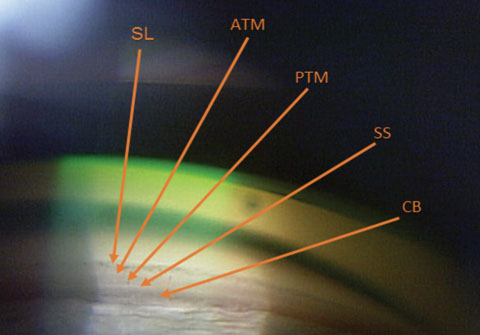
Angle-closure Glaucoma: Are You Ready?
Glaucoma - Wikipedia

Glaucoma - American Family Physician
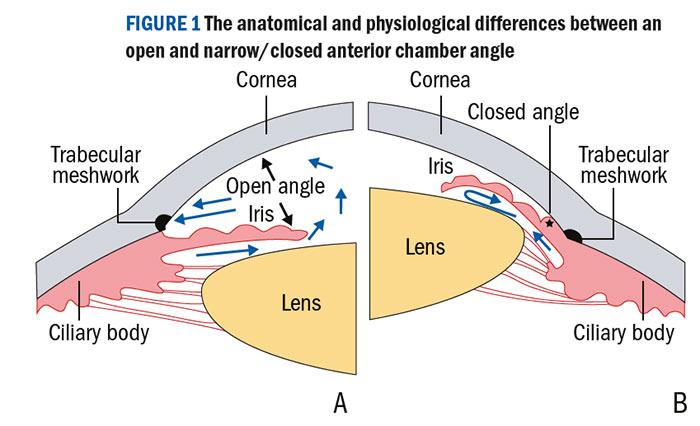
Optician

List of Medications to Avoid With Glaucoma
A Patients Guide to Glaucoma: Section 4-D: Angle Closure Glaucoma
What is Narrow Angle or Angle-Closure Glaucoma? | New-Glaucoma -Treatments.com

European Glaucoma Society Terminology and Guidelines for Glaucoma, 4th Edition - Chapter 3: Treatment principles and optionsSupported by the EGS Foundation | British Journal of Ophthalmology
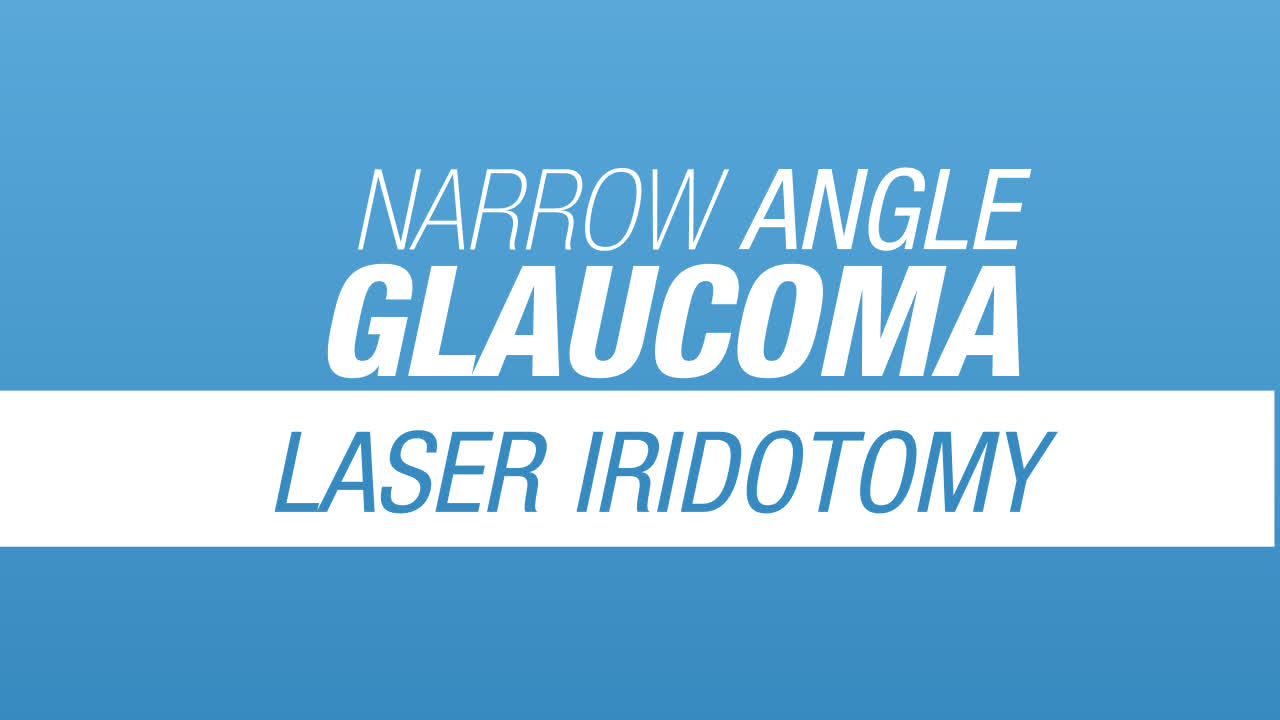
Laser Peripheral Iridotomy: Surgery for Narrow-Angle Glaucoma | BrightFocus Foundation
Acute angle closure glaucoma
Posting Komentar untuk "narrow angle glaucoma medications to avoid"